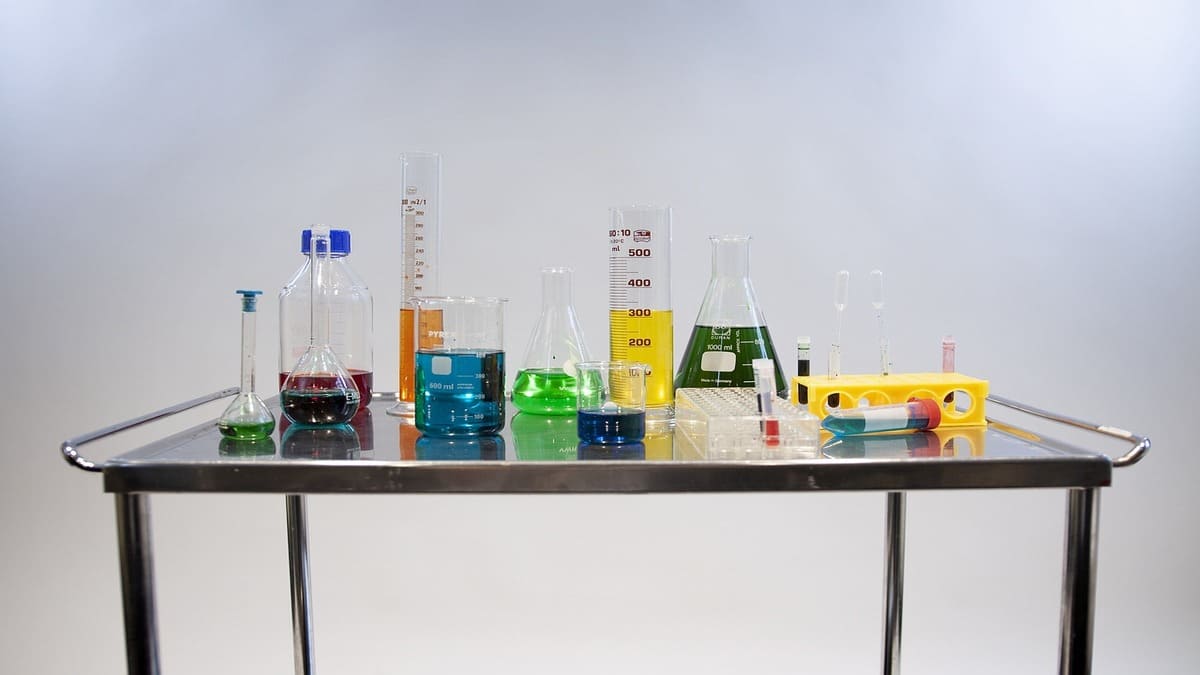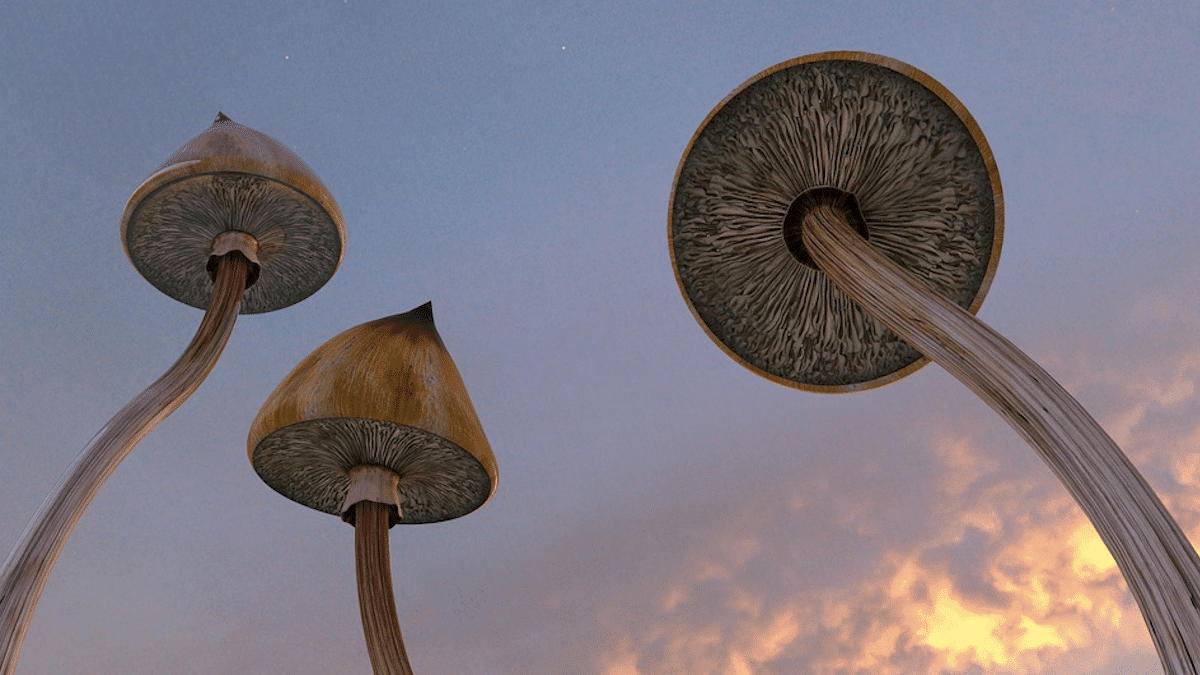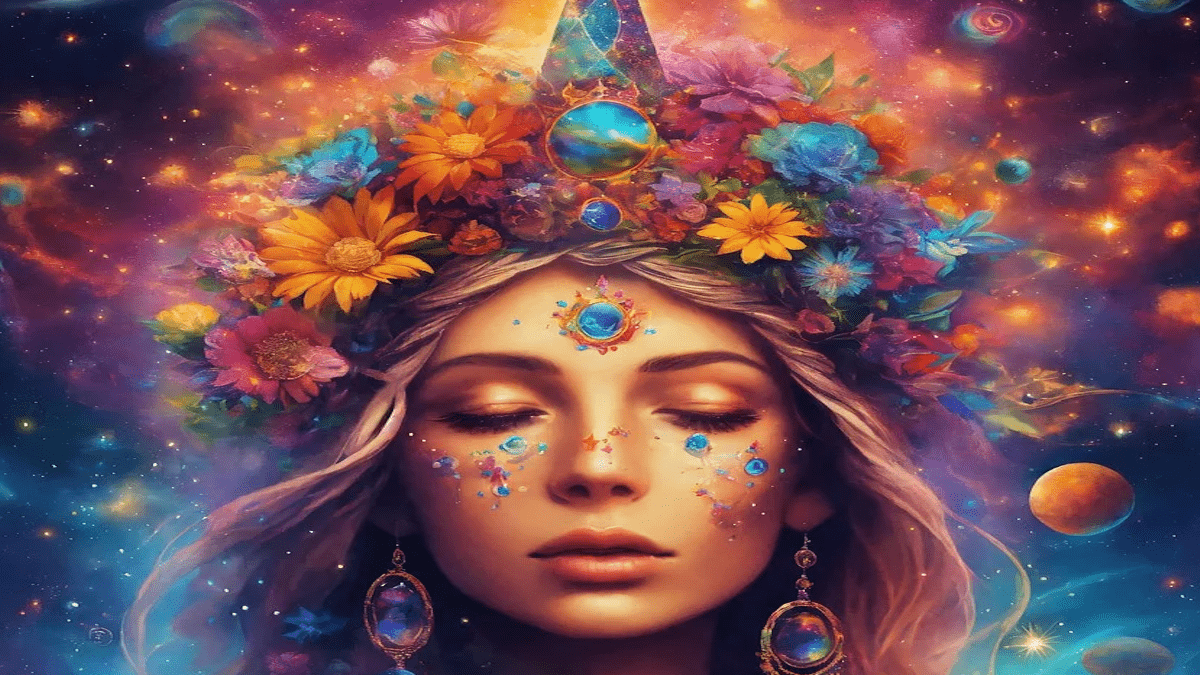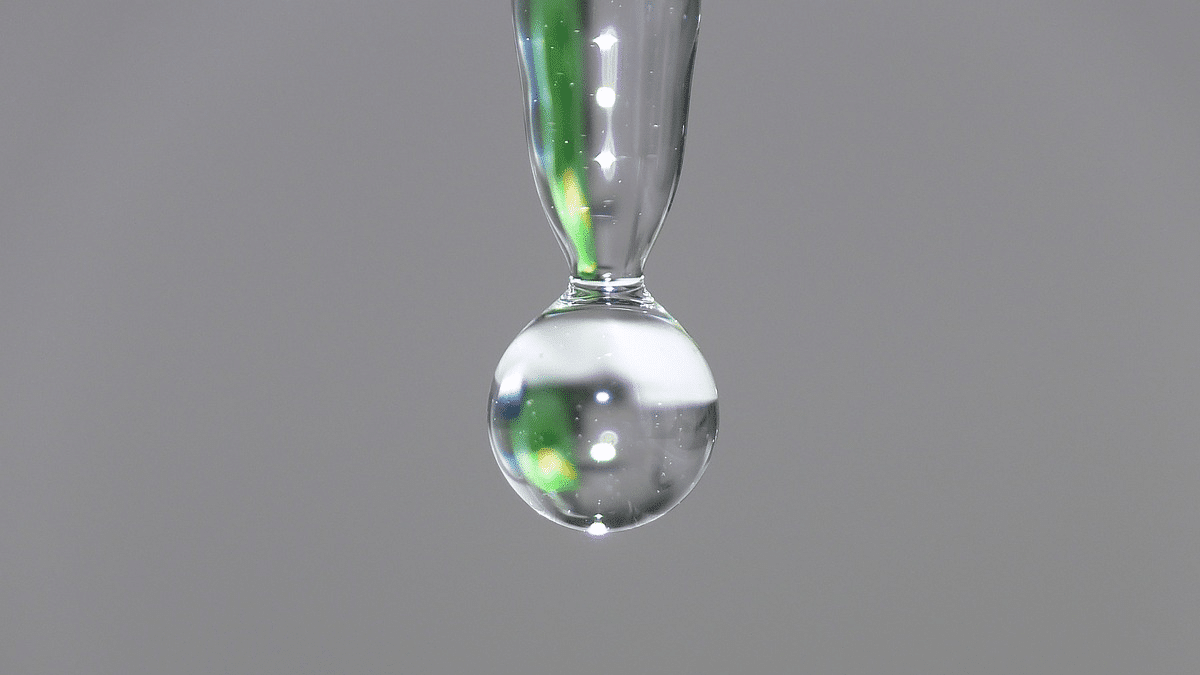In recent years, synthetic psychedelics have become increasingly popular, and for good reason! This is because of their potentially unique effects and accessibility on the market. Whereas traditional psychedelics such as magic mushrooms only grow in certain areas and seasons, synthetic psychedelics can be produced and distributed year-round. Also, synthetic psychedelics are often more concentrated than natural psychedelics, which can lead to more intense experiences.
Table of contents
Differences between synthetic psychedelics and magic mushrooms
Synthetic psychedelics and shrooms can both produce hallucinogenic effects, yet there are some important differences between the two categories. One of the main differences is the origin of the substances. Mushrooms are naturally occurring fungi, while synthetic psychedelics are artificially produced in laboratories [1].
Another difference is the potency and consistency of the effects. Synthetic psychedelics can often offer a more potent experience than magic mushrooms because they are carefully dosed and purified during the production process. Mushrooms, on the other hand, can vary in their psychoactive content depending on factors such as the strain, growing conditions and method of preparation. The last major difference is legality. Although magic mushrooms are legal or have gray legal status in some countries, most synthetic psychedelics fall under the category of illegal drugs [2]. This means its possession, sale and use may be punishable.
The popularity and risks of synthetic psychedelics
The popularity of synthetic psychedelics has increased because of their potentially unique effects and ability to be obtained out of season. People often try these substances for recreational purposes, spiritual experiences or self-development. The use of synthetic psychedelics also carries risks. Because these substances are often produced in an unregulated environment, their purity and content can vary [3]. This can lead to unpredictable effects. Moreover, there are still many questions about the long-term effects of synthetic psychedelics, as research on them is limited.
The rise of magic mushrooms
Mushrooms are natural psychedelics that are contain psilocybin, a compound that has similar effects to LSD. The history of using magic mushrooms goes back thousands of years, with ancient cultures often using them for religious or spiritual purposes. These tiny fungi were cultivated and consumed by people seeking a deeper connection to nature and the universe.
With the rise of the hippie movement in the 1960s and 1970s, magic mushrooms began to gain popularity with a wider audience. People used them to expand their consciousness, stimulate creativity and connect with others on a deeper level. Mushroom trips were seen as a way to explore the limits of the mind and fathom the inner workings of the world around us.
The therapeutic potency of magic mushrooms
In addition to recreational use, magic mushrooms are also being increasingly recognized for their therapeutic potential. Recent studies have shown that psilocybin can help treat various mental health problems. Research suggests that it can help with depression, anxiety disorders and addiction. Clinical trials are even underway to further investigate the safety and effectiveness of psilocybin as a medicine. The results so far are promising, and there is hope that this compound could become a legitimate therapeutic option in the future.
Sources:
[1] https://nl.wikipedia.org/wiki/Paddo







